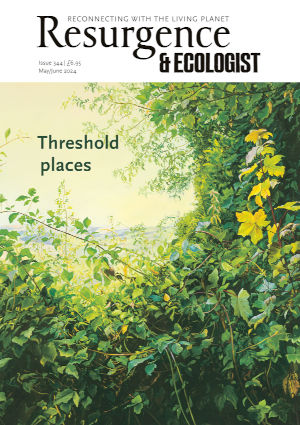In the medieval era, tapestry was the pre-eminent visual art form. Lavish, expansive and expensive, it was the medium of choice for the powerful to display their wealth and tell their version of history. By the modern period, tapestry had lost its position, deemed of little importance compared to painting, and for centuries textiles languished on the sidelines of fine art.
In the 1960s, textile art was rediscovered as artists began to explore and exploit its potential for dissent. They saw that the familiar, quotidian qualities of textiles – the very qualities for which they had been dismissed ...
There are approximately 1107 more words in this article.
To read the rest of this article, please buy this issue, or join the Resurgence Trust. As a member you will receive access to the complete archive of magazines from May 1966.
If you are already a member, please Sign in







